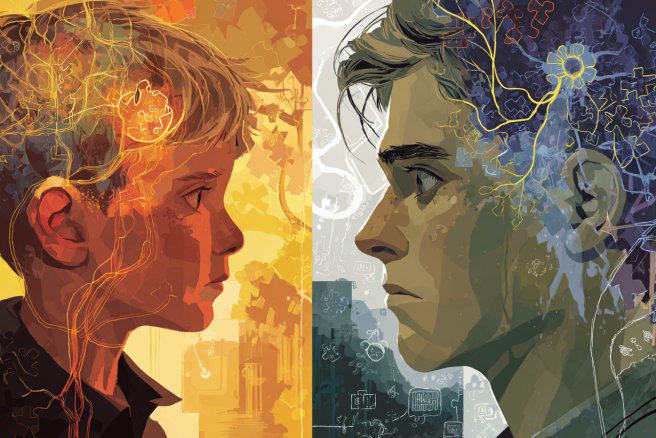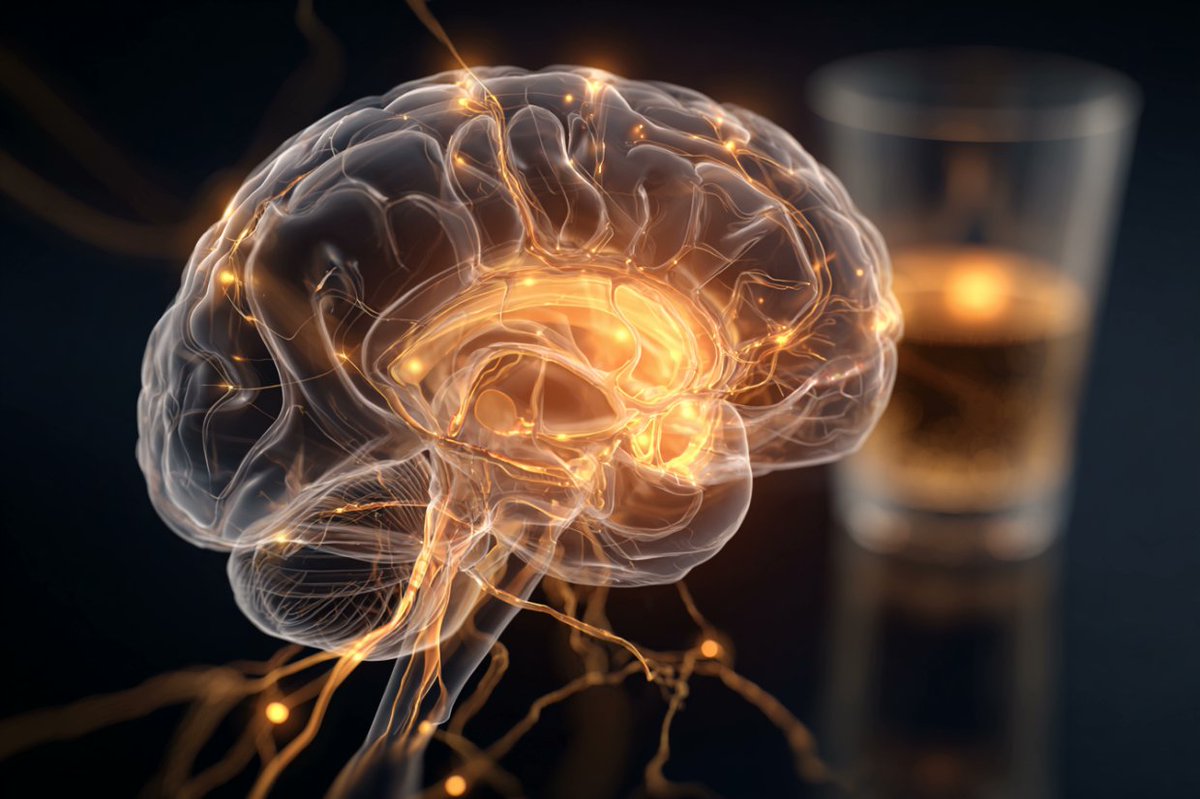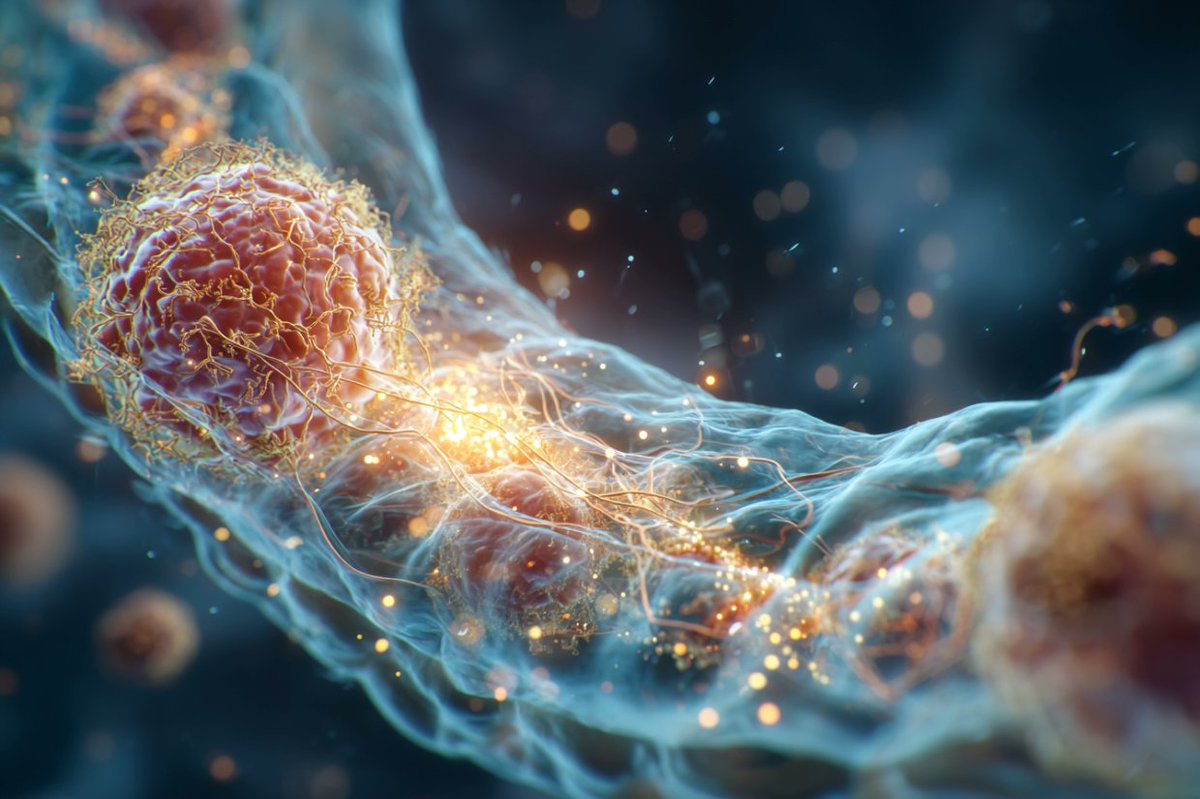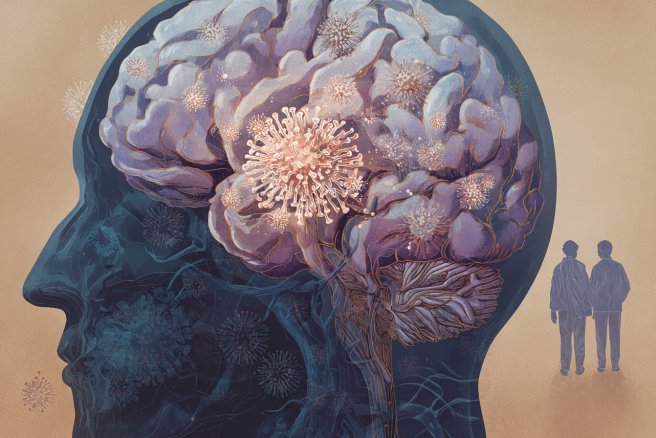
Official Neuroscience News Twitter. Brain research news articles on neuroscience, psychology, AI, neurology, brain cancer, robotics, mental health & science.
3 subscribers
How to get URL link on X (Twitter) App


 Mind captioning translates brain activity into structured sentences—no language network required. The method captures visual and recalled content directly from semantic brain signals, offering a new path for nonverbal communication.
Mind captioning translates brain activity into structured sentences—no language network required. The method captures visual and recalled content directly from semantic brain signals, offering a new path for nonverbal communication.
 Your brain “comes full circle” after a distraction—literally. MIT scientists found that rotating waves of neural activity sweep across the cortex to restore focus, revealing how the mind naturally recalibrates attention.
Your brain “comes full circle” after a distraction—literally. MIT scientists found that rotating waves of neural activity sweep across the cortex to restore focus, revealing how the mind naturally recalibrates attention.
 Autism isn’t one condition but many. New research shows early vs. late diagnoses follow different genetic and developmental paths — with later-diagnosed autism overlapping more with ADHD and depression.
Autism isn’t one condition but many. New research shows early vs. late diagnoses follow different genetic and developmental paths — with later-diagnosed autism overlapping more with ADHD and depression.
 Boosting dopamine in the brain’s self-control circuits may reduce drinking. A new study shows tolcapone enhances prefrontal activity, improves control, and lowers alcohol use—offering fresh hope for treating alcohol use disorder.
Boosting dopamine in the brain’s self-control circuits may reduce drinking. A new study shows tolcapone enhances prefrontal activity, improves control, and lowers alcohol use—offering fresh hope for treating alcohol use disorder.
 Your brain doesn’t just race sight against sound—it merges them in the motor system, creating faster, smarter decisions.
Your brain doesn’t just race sight against sound—it merges them in the motor system, creating faster, smarter decisions.
 Your gut’s “second brain” helps heal inflammation. Scientists found that gut neurons release ADM2, a molecule that activates immune cells to repair tissue—opening the door to new IBD treatments.
Your gut’s “second brain” helps heal inflammation. Scientists found that gut neurons release ADM2, a molecule that activates immune cells to repair tissue—opening the door to new IBD treatments.
 Hepatitis C Found in Brain Lining Linked to Schizophrenia, Bipolar Disorder
Hepatitis C Found in Brain Lining Linked to Schizophrenia, Bipolar Disorder
 Dopamine Acts Locally, Not Globally
Dopamine Acts Locally, Not Globally
 Psilocybin Shows Promise as Anti-Aging Therapy
Psilocybin Shows Promise as Anti-Aging Therapy
 Mindfulness Meditation Boosts Attention Across All Ages in 30 Days
Mindfulness Meditation Boosts Attention Across All Ages in 30 Days
 Brain Taps Lipid Stores for Energy During Activity
Brain Taps Lipid Stores for Energy During Activity
 Aging Spreads Through the Bloodstream
Aging Spreads Through the Bloodstream
 CBD Shows Promise in Easing Behavior Challenges in Autism
CBD Shows Promise in Easing Behavior Challenges in Autism
 Childhood Trauma Rewires the Brain Through Inflammation
Childhood Trauma Rewires the Brain Through Inflammation
 How Rhythm Rewires the Brain Moment by Moment
How Rhythm Rewires the Brain Moment by Moment
 When Sight Meets Sound: How the Brain Binds Audiovisual Memories
When Sight Meets Sound: How the Brain Binds Audiovisual Memories
 Vitamin B1 Derivative Sparks Dopamine, Boosts Wakefulness
Vitamin B1 Derivative Sparks Dopamine, Boosts Wakefulness
 Why Noisy Rooms Are Harder for Some Brains to Handle
Why Noisy Rooms Are Harder for Some Brains to Handle
 Writing by Hand Helps Children Learn Letters Better
Writing by Hand Helps Children Learn Letters Better
 Your Brain and Body Literally Sync to Music
Your Brain and Body Literally Sync to Music
 AI Uncovers New Cause of Alzheimer’s
AI Uncovers New Cause of Alzheimer’s